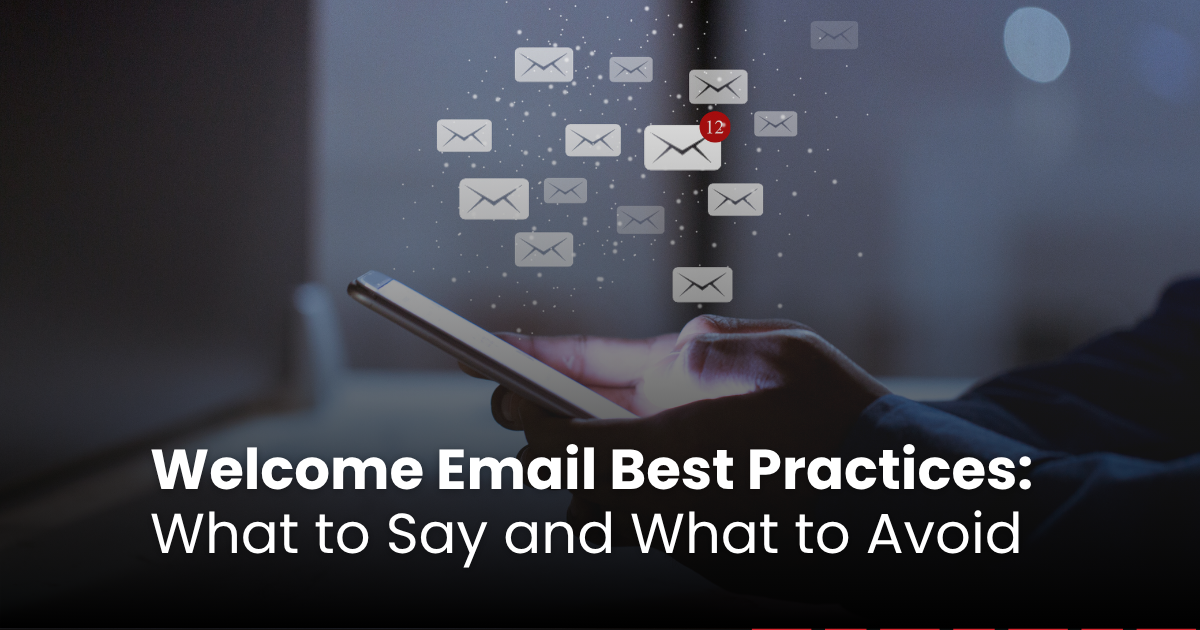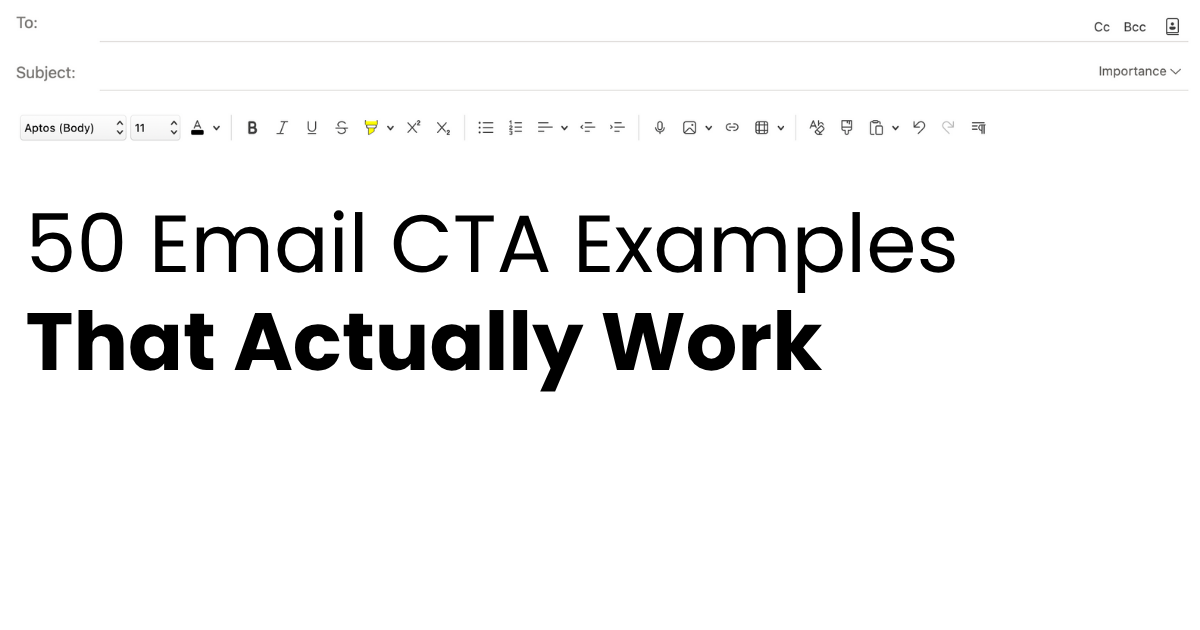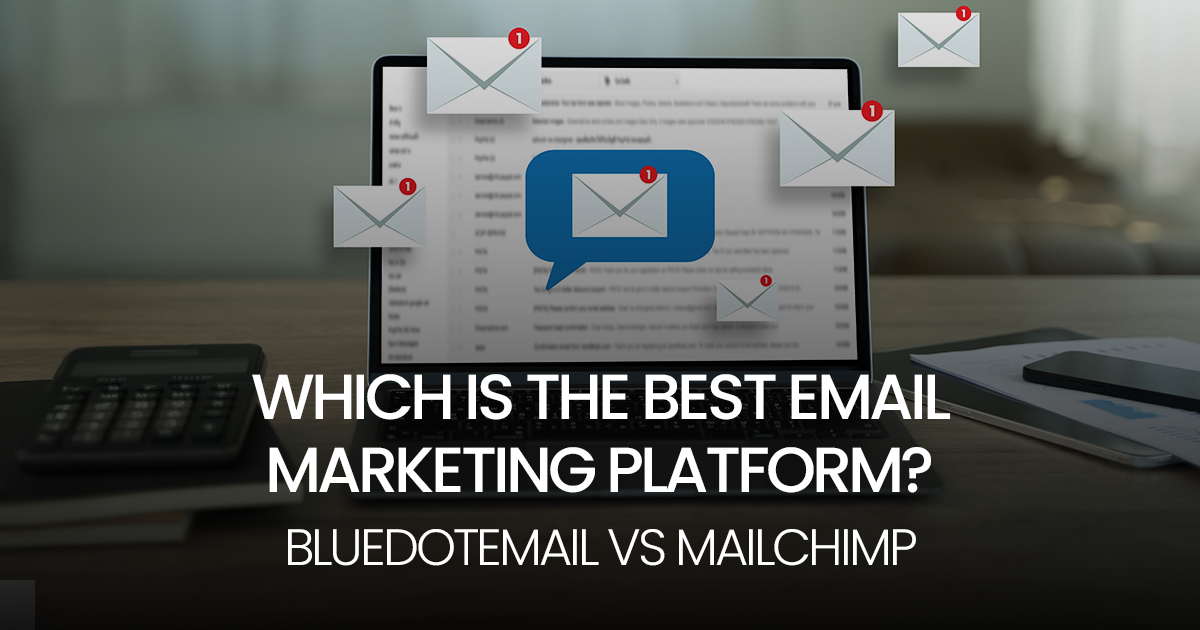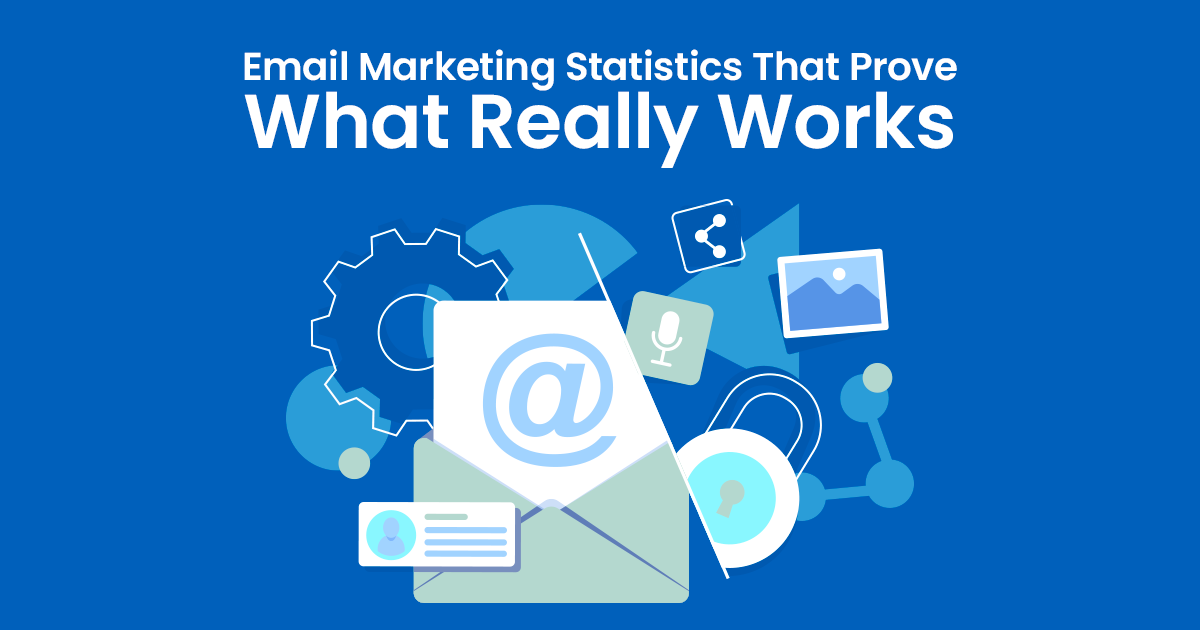Enter the Business Email Glossary, your ultimate companion in the realm of professional correspondence.
Much like a traveler armed with a pocket dictionary in a foreign land, having a comprehensive understanding of email terminology can significantly enhance your communication prowess.
This glossary serves as a guidebook, demystifying the jargon commonly encountered in business emails.
From “Alias” to “Workspace,” each term elucidates a crucial aspect of email communication, empowering you to navigate the digital terrain confidently and clearly.
Business Email Glossary
1. Alias
An alias refers to an alternative email address used by an individual or entity to send or receive emails without revealing their true identity.
2. Archive
To archive an email is to store it in a separate folder for future reference, decluttering the inbox without permanently deleting the message.
3. Attachment
Attachments are files, such as documents or images, appended to an email for reference, review, or dissemination.
4. Autoresponder
An autoresponder is a pre-written message sent automatically in response to incoming emails, acknowledging receipt or providing relevant information.
5. BCC (Blind Carbon Copy)
BCC allows the sender to discreetly copy recipients on an email without other recipients’ knowledge, maintaining confidentiality.
6. Blacklist
A blacklist is a list of email addresses or domains identified as sources of spam or unwanted communication, blocked by email filters.
7. Blocklist
Like a blacklist, a blocklist comprises email addresses or domains prevented from sending messages to a specific recipient or domain.
8. Body
The body of an email contains the main content, including the message, greetings, and any additional information intended for the recipient.
9. Bulk Email
Bulk email refers to the mass distribution of identical or similar messages to many recipients, often used for marketing or informational purposes.
10. Business Email
A business email is an electronic message exchanged between professionals for official or commercial purposes, characterized by professionalism and clarity.
11. Call to Action (CTA)
A call to action prompts the recipient to take a specific action, such as clicking a link, replying to the email, or making a purchase.
12. Carbon Copy (CC)
CC allows the sender to copy additional recipients on an email, informing them of the message without primary responsibility for action.
13. Client
A client refers to an individual, organization, or entity receiving goods or services from another party, typically in a business context.
14. Confidential
Confidential emails contain sensitive or proprietary information intended for specific recipients and not intended for dissemination.
15. Contact List
A contact list, also known as an address book, is a compilation of email addresses and associated information for easy reference and communication.
16. Conversation Thread
A conversation thread is a chronological sequence of related emails exchanged between parties, facilitating continuity and context in communication.
17. Cryptography
Cryptography involves the encryption and decryption of information to ensure secure communication and protect sensitive data from unauthorized access.
18. Delivery Status Notification (DSN)
DSN provides information regarding the delivery status of an email, indicating whether it was successfully delivered, delayed, or encountered an error.
19. Digital Signature
A digital signature is a cryptographic authentication mechanism used to verify the authenticity and integrity of electronic documents or messages.
20. Domain
A domain is a unique identifier associated with a website or email server, enabling access to resources on the internet and facilitating email routing.
21. Draft
A draft is an unfinished or unsent email saved for later editing or completion before being sent to the intended recipient.
22. Email Address
An email address is a unique identifier used to send and receive electronic messages, comprising a username and domain name separated by “@”.
23. Email Client
An email client is a software application used to access, manage, and send emails, providing features such as inbox organization and message composition.
24. Email Footer
An email footer, also known as a signature block, contains contact information, disclaimers, or additional details appended to the bottom of an email.
25. Email Header
An email header contains metadata, including sender and recipient information, subject line, and routing details, facilitating message delivery.
26. Email List
An email list is a compilation of email addresses subscribed to receive updates, newsletters, or promotional content from a specific sender.
27. Email Marketing
Email marketing involves the use of email campaigns to promote products, services, or engage with customers, subscribers, or prospects.
28. Email Signature
An email signature is personalized information appended to the end of an email, typically containing the sender’s name, title, contact details, and branding.
29. Encryption
Encryption is the process of encoding information to ensure secure transmission and protect data from unauthorized access or interception.
30. Filter
A filter is a set of criteria used to categorize, prioritize, or route incoming emails based on specified parameters or rules.
31. Firewall
A firewall is a network security device or software designed to monitor and control incoming and outgoing network traffic, protecting against unauthorized access or threats.
32. Folder
A folder is a digital container used to organize and store emails, providing a hierarchical structure for efficient inbox management.
33. Follow-up
A follow-up email is a subsequent message sent to inquire, confirm, or provide additional information following an initial communication or interaction.
34. Forward
To forward an email is to send it to another recipient or group of recipients, sharing the content or information contained within the original message.
35. Gmail
Gmail is a popular email service provided by Google, offering features such as a user-friendly interface, ample storage, and integration with other Google services.
36. Inbox
An inbox is a digital repository for incoming emails, where messages are received, organized, and stored until read or acted upon by the recipient.
37. Junk Mail
Junk mail, also known as spam or unsolicited email, comprises unwanted or irrelevant messages often sent in bulk for promotional or fraudulent purposes.
38. Landing Page
A landing page is a web page designed to capture visitor information or prompt a specific action, often linked from email campaigns or advertisements.
39. List Management
List management involves the organization, segmentation, and maintenance of email lists to ensure effective communication and engagement with subscribers or recipients.
40. Mail Server
A mail server is a computer or software responsible for sending, receiving, and storing email messages, facilitating communication between users or domains.
41. Mailing List
A mailing list is a collection of email addresses subscribed to receive updates, announcements, or content from a particular sender or organization.
42. Metadata
Metadata consists of descriptive information about data, including sender and recipient details, timestamps, and routing information embedded within email headers.
43. MIME (Multipurpose Internet Mail Extensions)
MIME is a standard protocol used to extend the capabilities of email messages, allowing for the transmission of multimedia content, attachments, and non-textual data.
44. Newsletter
A newsletter is a regularly distributed publication containing news, updates, or information on a specific topic, often delivered via email to subscribers.
45. Opt-in
Opt-in refers to the explicit consent given by individuals to receive emails or subscribe to a mailing list, indicating their interest in receiving further communication.
46. Opt-out
Opt-out allows individuals to unsubscribe or remove themselves from an email list, indicating their preference to no longer receive further communication from the sender.
47. Password
A password is a confidential authentication credential used to access email accounts, ensuring security and restricting unauthorized access to personal or sensitive information.
48. Phishing
Phishing is a fraudulent attempt to obtain sensitive information, such as login credentials or financial details, by posing as a trustworthy entity in electronic communication.
49. Plain Text
Plain text refers to unformatted, ASCII-encoded text devoid of any styling, formatting, or multimedia content, commonly used for email communication.
50. POP3 (Post Office Protocol version 3)
POP3 is a standard protocol used to retrieve email messages from a remote server to a local client device, facilitating offline access to emails.
51. Privacy
Privacy refers to the protection of personal or sensitive information from unauthorized access, disclosure, or misuse, ensuring confidentiality and security in communication.
52. Protocol
A protocol is a set of rules governing the exchange of data between devices or systems, ensuring standardized communication and interoperability.
53. Read Receipt
A read receipt is a notification indicating that an email has been opened and read by the recipient, providing confirmation of message delivery and acknowledgment.
54. Recipient
A recipient is an individual or entity to whom an email is addressed and intended for delivery, typically identified by their email address.
55. Reply
To reply to an email is to respond to the sender, continuing the conversation or addressing the content of the original message in a subsequent reply.
56. Rich Text
Rich text refers to formatted text containing styling elements such as font styles, colors, and hyperlinks, enhancing readability and visual appeal in email communication.
57. S/MIME (Secure/Multipurpose Internet Mail Extensions)
S/MIME is a standard protocol used to secure email communication through digital signatures and encryption, ensuring confidentiality and integrity.
58. Sender
A sender is an individual or entity initiating the transmission of an email message, identified by their email address and responsible for composing and sending the message.
59. Sent Folder
A sent folder is a repository for copies of outgoing emails, providing a record of messages sent by the user for reference or auditing purposes.
60. SMTP (Simple Mail Transfer Protocol)
SMTP is a standard protocol used to send email messages between servers, facilitating the transmission of messages across the internet.
61. Spam
Spam refers to unsolicited or unwanted email messages, often sent in bulk for commercial, fraudulent, or malicious purposes, and filtered by email providers.
62. Spoofing
Spoofing is the act of falsifying email header information to mislead recipients into believing the message originates from a legitimate source.
63. SSL (Secure Sockets Layer)
SSL is a cryptographic protocol used to secure internet communication by encrypting data transmitted between web servers and clients, ensuring confidentiality and integrity.
64. Subject Line
The subject line of an email provides a concise summary of the message content, facilitating recipient understanding and email organization.
65. Subscription
Subscription refers to the act of voluntarily signing up to receive updates, newsletters, or content from a particular sender or service on a regular basis.
66. Template
A template is a pre-designed format or layout used to create consistent and professional-looking emails, streamlining the message composition process.
67. Thread
A thread, also known as a conversation or email chain, comprises a series of related messages exchanged between parties, providing context and continuity in communication.
68. Unsubscribe
To unsubscribe is to opt-out or remove oneself from a mailing list or subscription service, indicating a preference to discontinue receiving further communication.
69. URL
A URL, or Uniform Resource Locator, is a web address used to identify and locate resources on the internet, often included in email messages as hyperlinks.
70. Username
A username is a unique identifier used to access online accounts or services, often paired with a password for authentication and security.
71. Virus
A virus is malicious software designed to infect and disrupt computer systems, often transmitted via email attachments or links, posing security risks to recipients.
72. Whitelist
A whitelist is a list of trusted email addresses or domains approved to bypass spam filters, ensuring delivery of legitimate messages to recipients.
73. Workspace
A workspace refers to a digital environment or platform where individuals collaborate, communicate, and manage tasks or projects, often facilitated through email integration.






